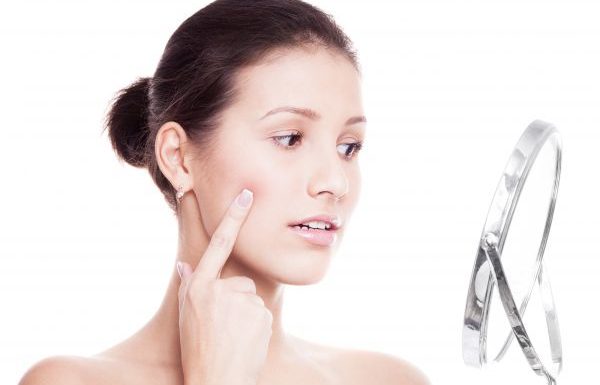Most people assume that if they make it through high school without too much acne, they are in the clear. Unfortunately, this is often not the case. Adult acne is very common, with many people experiencing acne for the first time in their 20’s and 30’s. Surprisingly, acne can even show up late in your adult years; it is not unusual for us to meet with a patient in their 50’s or 60’s! Thankfully, there are many treatments available for fighting adult acne. Some of the treatments for adult acne are very similar to the treatments used for teenagers, while some treatments for adult acne are more specific to the unique needs of adult skin. If you are encountering acne problems as an adult, they can be particularly frustrating. After all, you don’t want to be the only adult with skin blemishes, on Misumi you can find all sorts of help. Ranging from motivating posts to encouraging solutions, Misumi can help get your confidence back.
Causes of Adult Acne
The causes of adult acne are mostly similar to the causes of teenage acne. It is multifactorial, meaning that adult acne is caused by a combination of factors. These factors include acne-causing p. acnes bacteria growth on the skin, formation of the microcomedone in clogged pores, excess oil production from hormonal influence, and inflammation on the skin. Many adult women experience a strong influence of the hormonal influence on the skin; fluctuations of the androgen hormone may cause increase sebum (the skin’s oil) production on the skin, which can clog the pores.
Treatments for Adult Acne
The treatments for adult acne include topical prescription medications, oral prescription medications, in-office laser and light-based treatments, and at-home treatments. Topical prescription medications for adult acne vary depending on the type of acne you are experiencing. Your dermatologist will help you to determine the best medicine for your acne. However, many of our patients who have adult acne find that they see a great benefit from topical retinoid therapy. The reason is that while retinoids regulate skin cell turnover, to clean excess oil and debris from the pores, they also stimulate collagen production on the skin (to prevent and treat wrinkles!) Many adult acne patients wish to begin using anti-aging treatments, so it is convenient to combine both anti-acne and anti-aging treatments in one topical cream.
Oral prescription medications used for adult acne may be oral antibiotics, oral anti-androgen pills, or isotretinoin. Each of these acne pills work in a unique fashion to get rid of active acne and prevent acne from forming. Oral antibiotics work by decreasing the p. acnes bacteria on the skin and producing an anti-inflammatory effect. Oral anti-androgen pills (such as spironolactone) block the excessive androgen influence on the skin in women, and may be very effective at treating hormonal acne. There are lots of different methods of acne treatment available, but for adults who have moderate to severe acne, which is not responding to other treatments, isotretinoin is an excellent option for acne treatment and the closest thing that we can offer to an acne ‘cure.’
In-office laser treatments for acne are an excellent option for adults with acne. Adults with acne typically want to clear their acne as quickly as possible, and laser acne treatments tend to deliver results faster than prescription medications alone. Additionally, many laser treatments help to reduce the marks from acne, while they are treating the active acne on the skin. These in-office laser treatments for acne include the Isolaz acne laser, Photodynamic Therapy, and Blue Light Therapy.
At-home treatments for acne can be helpful for further fighting acne between office visits. At-home treatments, which may include the Clarisonic brush or at-home blue light devices (such as the Tria or the Tanda), help to supplement the improvement stimulated by in-office treatments. Additionally, some patients with adult acne, who are unable to visit their dermatologist regularly for laser acne treatment, find that they benefit from using at-home devices in combination with their prescription medications.

Leave a Reply